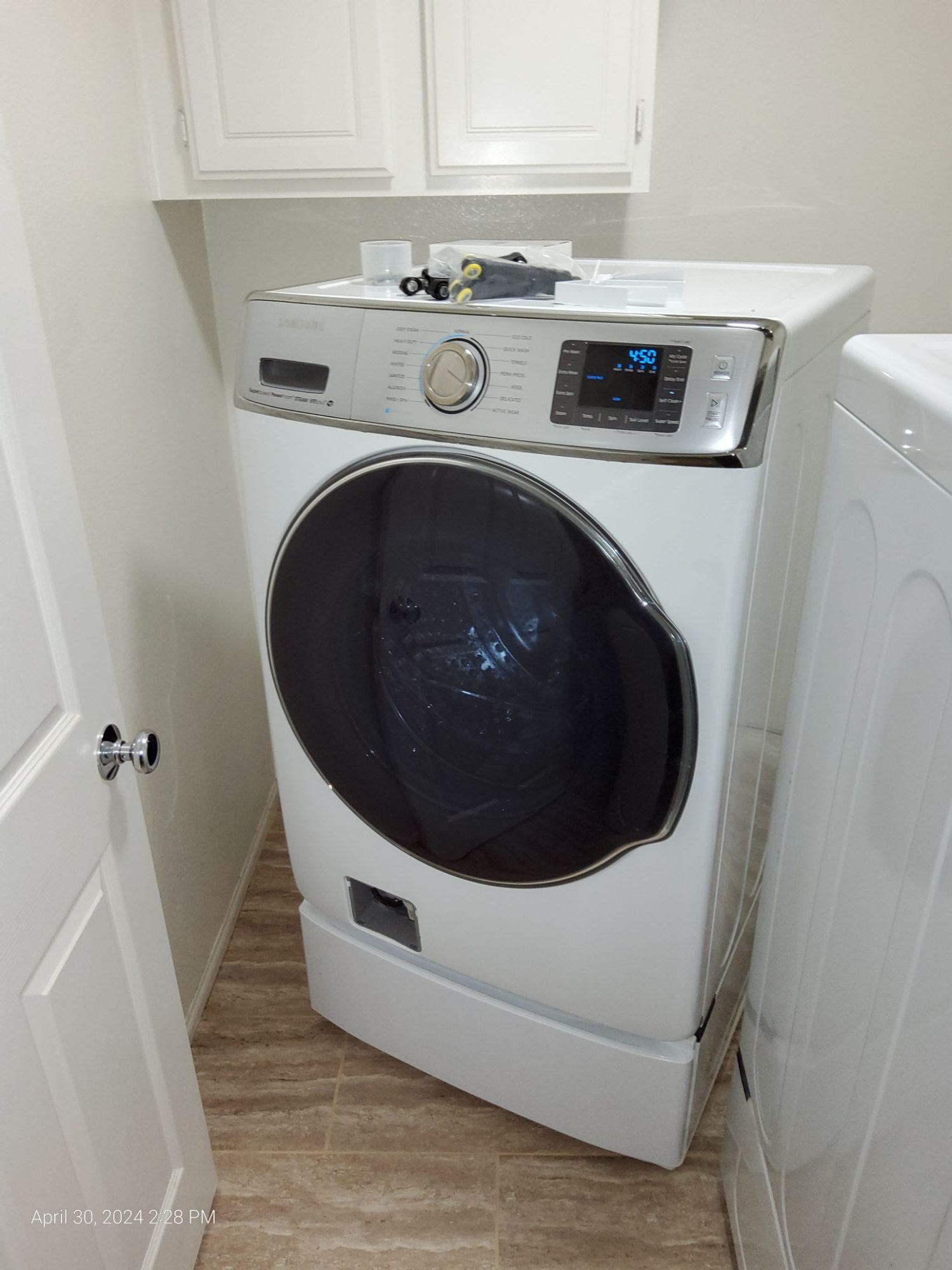
Modern washing machines are equipped with digital displays that make diagnosing issues easier. When your machine displays an error code, it’s a built-in communication tool alerting you to a specific issue. Understanding these codes can save you time, effort, and sometimes even money.
In this article, we’ll explore some of the most common washing machine error codes, their meanings, and what steps you can take. We’ll also explain why expert assistance is essential when a more serious problem arises.
Understanding Error Codes
Every washing machine brand has its unique error codes, but many follow similar patterns. Here are examples of common codes and their meanings:1. Water Supply Errors (e.g., E1, F01, 4C)
These codes indicate an issue with the water supply. Common causes include:- A kinked or blocked water inlet hose.
- Low water pressure.
- A closed water tap.
- Ensure the water tap is open and the hose is straight and free of blockages.
- Check your home’s water pressure.
- Drainage Errors (e.g., E2, F02, 5C)
- A clogged drainage hose or pump filter.
- An issue with the drainage system.
- Clean the pump filter and inspect the drainage hose for clogs.
- If the problem persists, call a professional to check the drainage system.
- Door Lock Errors (e.g., E3, dE, F16)
- A misaligned door.
- A broken latch mechanism.
- Gently close the door to ensure it’s properly aligned.
- Avoid forcing it shut, as this can worsen the issue.
- Motor Errors (e.g., E5, F06, 3E)
- Overloaded drum.
- A malfunctioning motor or control board.
- Reduce the load size.
- If the error persists, seek professional repair services.
- Heating Errors (e.g., E6, F08, H1)
- A faulty heating element.
- A temperature sensor malfunction.
- Verify the machine is connected to a power source.
- For complex issues, contact an expert.
Tips for Managing Error Codes
- Consult Your User Manual Each washing machine model comes with a manual explaining its error codes. Use this as your first reference.
- Reset the Machine Sometimes, unplugging the machine for 10-15 minutes and restarting it can clear minor glitches.
- Avoid DIY Repairs for Complex Issues While some issues can be resolved at home, others require specialized tools and expertise. Attempting DIY repairs for electrical or mechanical problems can worsen the situation.
When to Call a Professional
If the error persists after troubleshooting or involves critical components like the motor, control board, or drainage pump, it’s time to seek professional help. Ignoring recurring errors can lead to larger, more expensive problems. San Diego Appliance Repair Service specializes in diagnosing and fixing washing machine issues quickly and efficiently. With years of experience, we ensure your appliance gets back to running like new.Why Choose San Diego Appliance Repair Service?
- Expert Technicians: Skilled in handling all major washing machine brands.
- Fast and Reliable: Quick response times to minimize disruption to your routine.
- Affordable Pricing: Transparent costs without hidden fees.
- Customer Satisfaction: We prioritize your convenience and satisfaction.